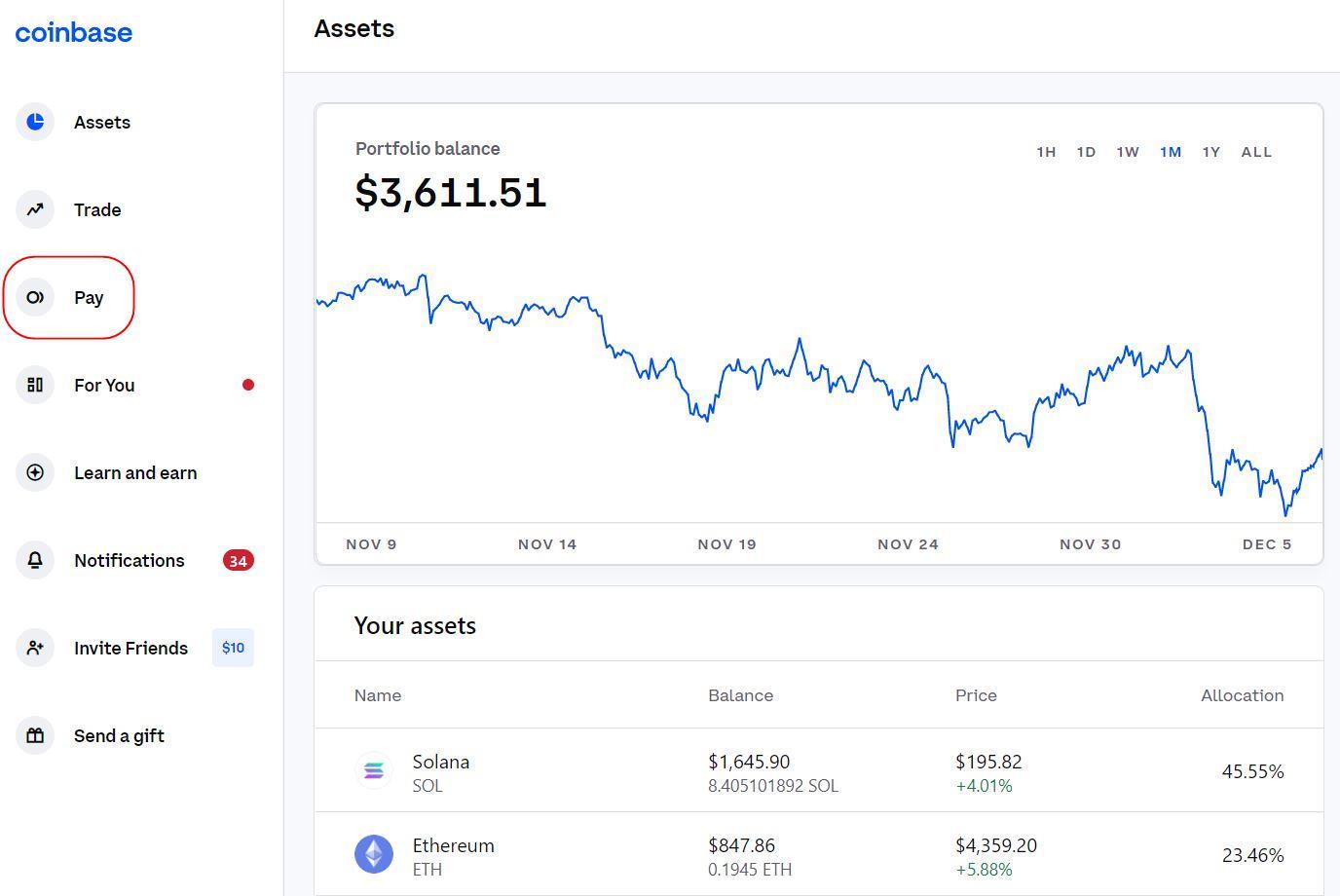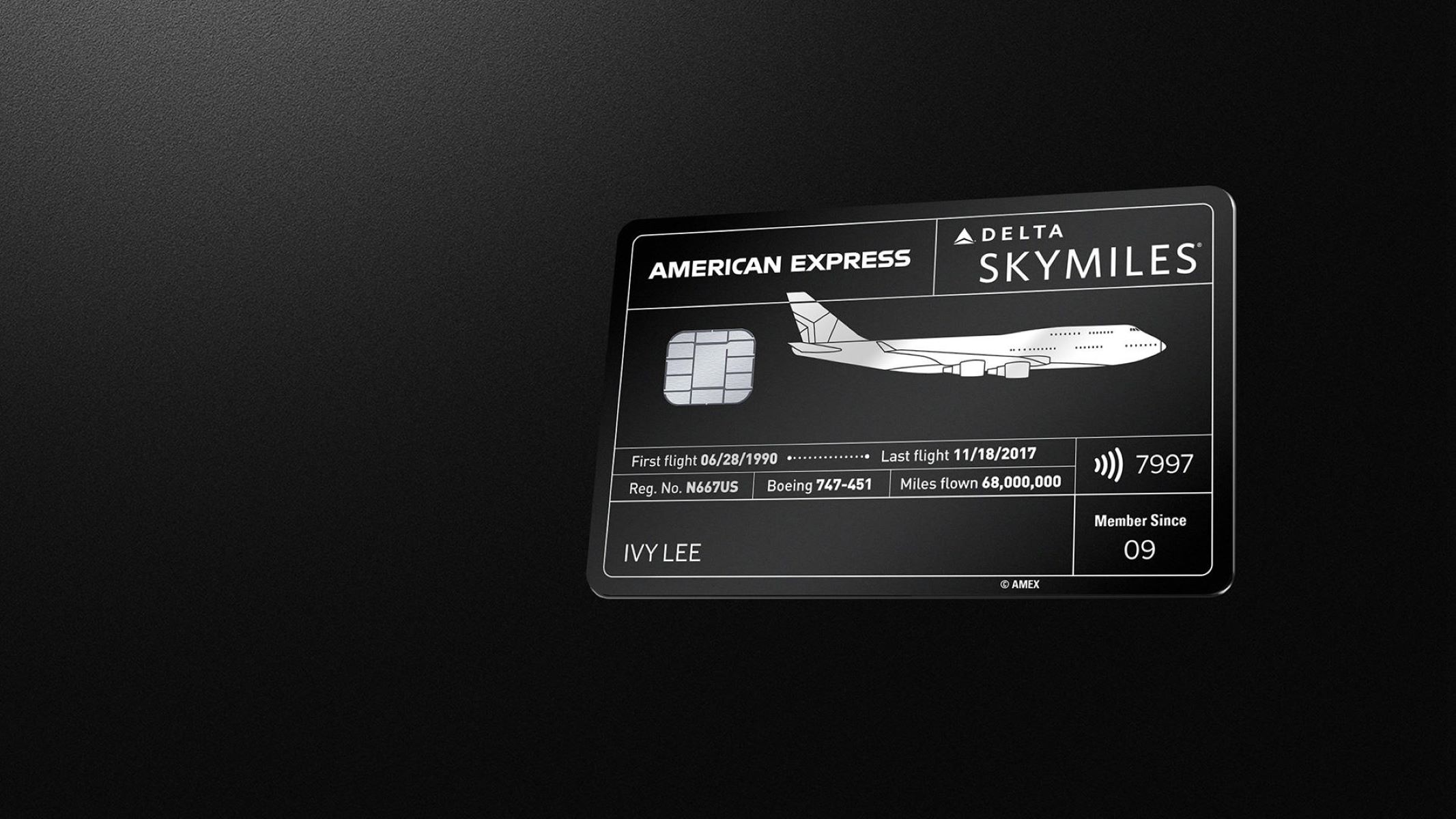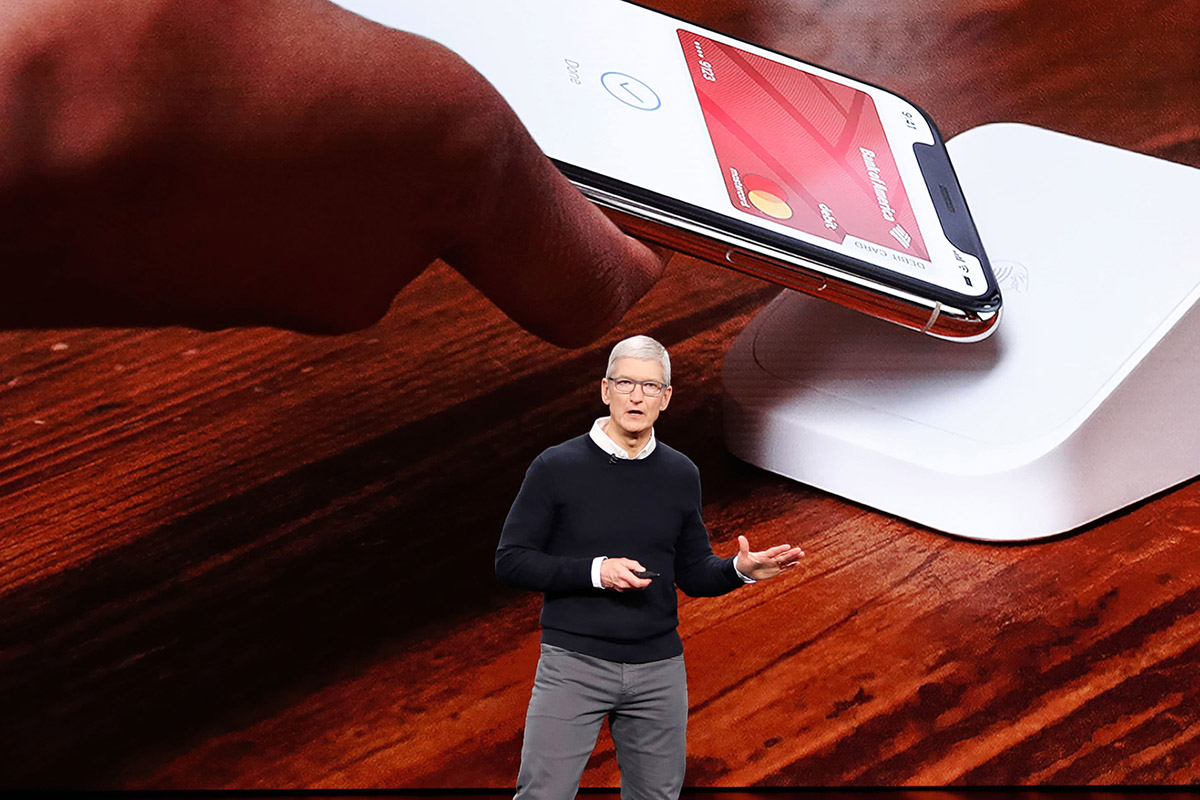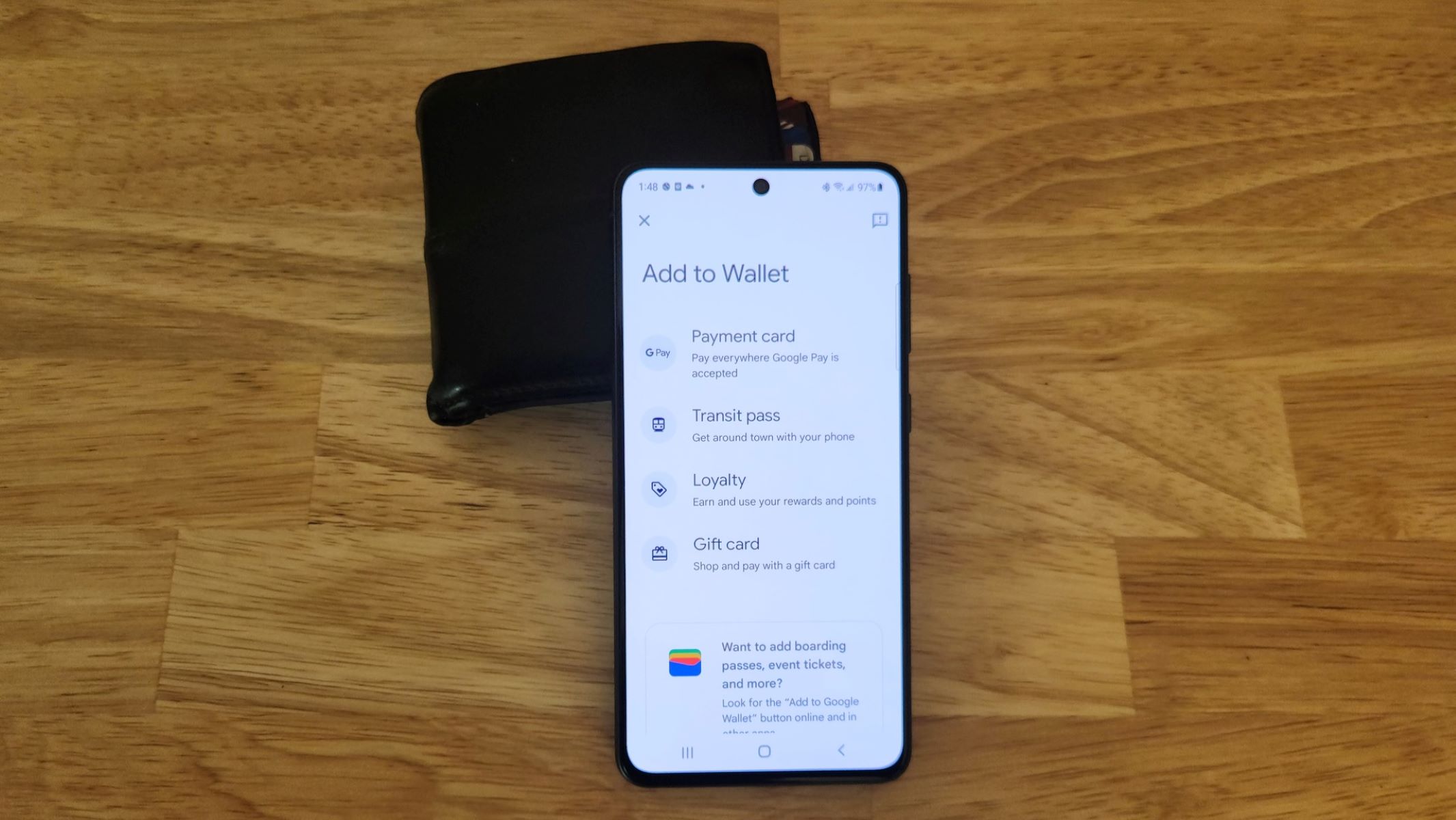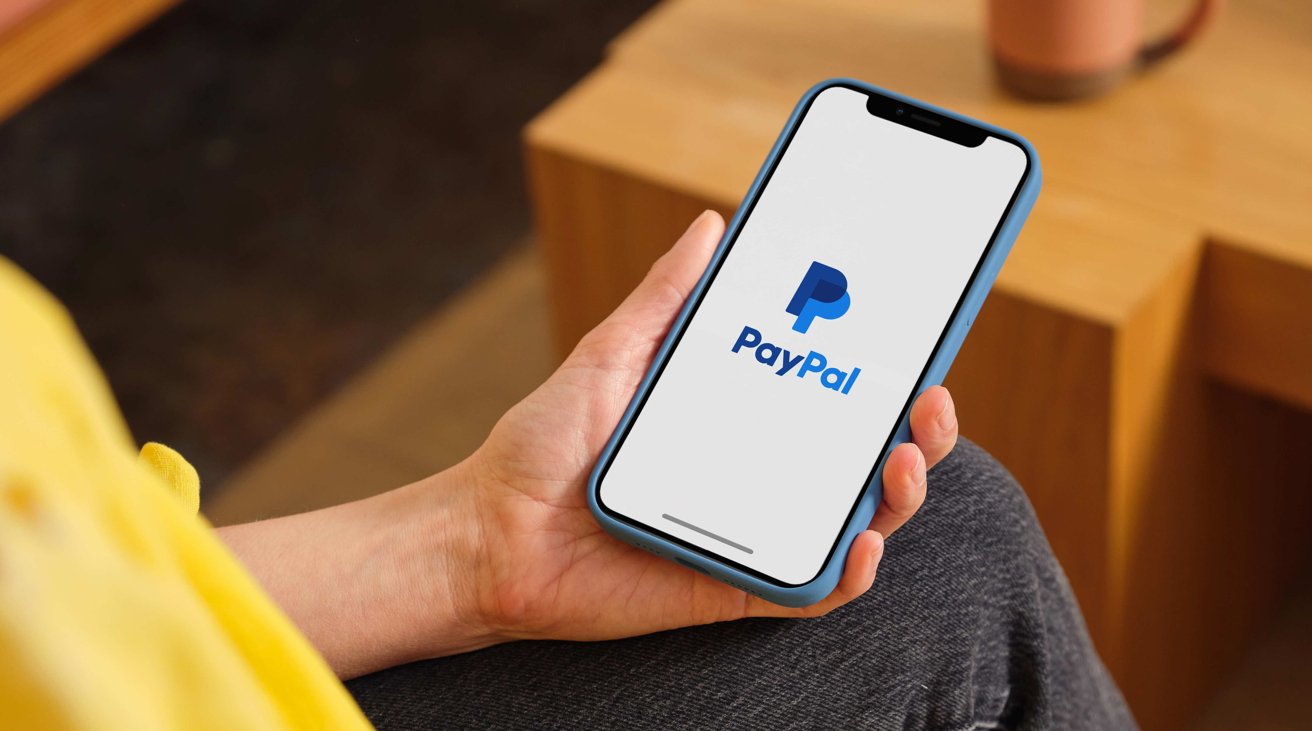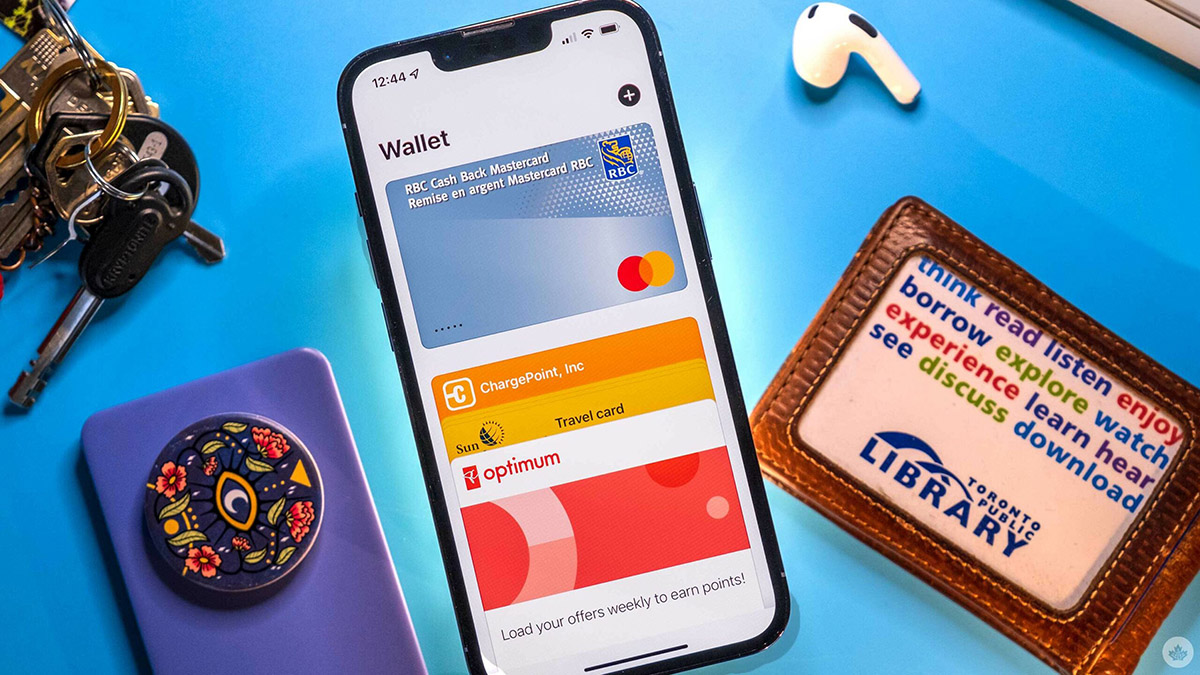

Finance
How To Add Insurance Card To Wallet
Published: November 21, 2023
Learn how to easily add your insurance card to your wallet and keep your finances organized.
(Many of the links in this article redirect to a specific reviewed product. Your purchase of these products through affiliate links helps to generate commission for LiveWell, at no extra cost. Learn more)
Table of Contents
Introduction
Having your insurance card readily accessible is essential in case of emergencies. Whether you need to show proof of insurance while traveling, or you find yourself in a situation where medical attention is required, having your insurance card in your wallet can save you time and stress. In this article, we will guide you through the process of adding your insurance card to your wallet, ensuring that you are always prepared.
Your insurance card provides important information such as your policy number, coverage details, and emergency contact information. In the event of an accident or medical emergency, medical professionals or law enforcement may ask to see your insurance card to verify your coverage. Without this documentation, you may face complications when seeking treatment or dealing with insurance claims.
By keeping your insurance card in your wallet, you can easily access it whenever needed. This added convenience means you won’t have to search through your purse, bag, or vehicle when in a rush or under stress. Plus, most people carry their wallets with them at all times, making it a convenient and secure place to store essential documents like your insurance card.
Adding your insurance card to your wallet is a simple process, and in the following sections, we will provide you with a step-by-step guide. Alternatively, we will also explore alternative options for storing your insurance card if you prefer not to carry it in your wallet. Additionally, we will share some valuable tips to ensure the security and protection of your insurance card.
Let’s dive into the details and discover the best way to add your insurance card to your wallet!
Why it is important to add your insurance card to your wallet
Adding your insurance card to your wallet is important for several reasons. Here are a few key reasons why you should ensure that you always have your insurance card easily accessible:
- Proof of Insurance: Your insurance card serves as tangible proof of your insurance coverage. Whether it’s for auto, health, or any other type of insurance, having your card readily available ensures that you can provide proof of insurance when required. This can be particularly crucial while traveling or when in an emergency situation.
- Medical Emergencies: In the case of a medical emergency, having your insurance card in your wallet allows healthcare professionals to quickly obtain vital information about your insurance coverage. This can help streamline the admission and treatment process, ensuring you receive the necessary medical care without delays.
- Deal with Insurance Claims: Your insurance card contains key details such as your policy number and contact information. When filing an insurance claim, having this information readily accessible can speed up the claims process and facilitate communication with your insurance provider.
- Convenience and Accessibility: Carrying your insurance card in your wallet provides easy access whenever you need it. Instead of digging through your bag or searching for the card in your car, you can simply pull it out from your wallet. This saves time and avoids unnecessary hassle.
- Peace of Mind: Knowing that you have your insurance card with you at all times can bring peace of mind. Whether you need to present your card during routine appointments or unexpected situations, having it in your wallet ensures that you are prepared for any insurance-related needs.
Overall, adding your insurance card to your wallet ensures that you have the necessary information readily available to deal with insurance-related matters conveniently and efficiently. It not only provides proof of insurance but also streamlines the process of receiving medical care and handling insurance claims.
Now that we understand the importance of carrying your insurance card, let’s move on to the next section where we will provide a step-by-step guide on how to add your insurance card to your wallet.
Step-by-step guide on adding your insurance card to your wallet
Adding your insurance card to your wallet is a straightforward process. Follow these simple steps to ensure that your insurance card is easily accessible when you need it:
- Gather your insurance card: Locate your insurance card and ensure that it is in good condition. Check that the card contains all the necessary information, such as your policy number, the name of your insurance provider, and contact details.
- Prepare your wallet: Open your wallet and remove any unnecessary items or old cards to make room for your insurance card. This will help keep your wallet organized and prevent it from becoming too bulky.
- Choose a suitable card slot: Look for a dedicated card slot or an empty compartment in your wallet where you can slide in your insurance card. If your wallet doesn’t have a specific card slot, you can use a clear plastic card holder or a small envelope to protect your insurance card and keep it separate from other items.
- Slide in your insurance card: Carefully insert your insurance card into the designated slot or compartment. Make sure it is secure and won’t easily fall out when you open or close your wallet.
- Organize other cards: If you have multiple cards, organize them in a way that allows easy access to your insurance card. Consider placing it near the front or in a separate section of your wallet for quick retrieval.
- Double-check: Take a moment to double-check that your insurance card is properly inserted and easily visible. Ensure that the card is not bent or damaged, as this can impact its usability in the future.
Congratulations! You have successfully added your insurance card to your wallet. Now, you can rest assured knowing that your insurance information is readily accessible whenever you need it. Remember to periodically check your wallet to make sure your insurance card remains in place and is in good condition.
In the next section, we will discuss alternative options for storing your insurance card, in case you prefer not to carry it in your wallet.
Alternative options for storing your insurance card
While adding your insurance card to your wallet is a common and convenient option, there are alternative methods to store and access your insurance information. Consider the following options based on your preferences and needs:
- Digital storage: In our increasingly digital world, many insurance providers offer apps or online portals where you can store a digital copy of your insurance card. You can easily access this information on your smartphone. However, it’s important to ensure that you have a reliable internet connection and that your phone is charged when you need to present your insurance details.
- Wallet-sized card holder: If you don’t want to keep your insurance card in your wallet, you can invest in a wallet-sized card holder. These are compact and provide protective sleeves for your cards. You can carry the card holder in your bag or pocket, keeping your insurance card separate from other items while still having it easily accessible.
- Car glove compartment: If you primarily use your car for medical or auto insurance purposes, keeping a copy of your insurance card in the glove compartment can be a convenient option. However, be cautious about leaving sensitive information in your car, especially if it is parked in public areas.
- Secure document storage: If you prefer to keep physical copies of important documents, including your insurance card, you can use a secure document storage folder or binder at home. Make sure it is labeled and easily accessible in case of emergencies.
- Cloud storage: Storing a digital copy of your insurance card in a secure cloud storage service, such as Google Drive or Dropbox, provides easy access from any device with an internet connection. This can be especially useful when traveling or in situations where you don’t have your physical wallet with you.
Consider your lifestyle, preferences, and the level of security you desire when choosing an alternative method for storing your insurance card. It’s important to find a solution that works best for you and ensures quick and hassle-free access to your insurance information when needed.
Now that we have explored alternative options, let’s move on to the next section, where we will share some tips on keeping your insurance card secure.
Tips for keeping your insurance card secure
Securing your insurance card is essential to protect your personal information and prevent any unauthorized use. Follow these tips to ensure the security of your insurance card:
- Keep it separate: Avoid storing your insurance card with other important items, such as credit cards or identification cards. By keeping it separate, you reduce the risk of misplacing or losing your insurance card, and it becomes less likely to be accidentally used by someone else.
- Use a protective cover: Invest in a protective cover or sleeve to prevent your insurance card from getting damaged or bent. This will help keep the card in good condition and ensure that the information remains legible when needed.
- Keep a digital copy: In addition to a physical copy, consider keeping a digital copy of your insurance card. This can be stored securely on your smartphone, computer, or cloud storage. Having a digital backup ensures that you can access your insurance information even if you misplace or lose the physical card.
- Be aware of your surroundings: When presenting your insurance card, be cautious of who may be around you. Avoid displaying more information than necessary and be mindful of others potentially capturing your card’s details. Protect your privacy by only sharing your insurance card with trusted individuals and entities.
- Regularly update and review: Keep your insurance information up to date. If there are any changes to your coverage or contact details, make sure to update your insurance card accordingly. Regularly review your insurance card to ensure that it is current and accurate.
- Report loss or theft promptly: In the unfortunate event that you lose your insurance card or it is stolen, immediately contact your insurance provider to report it. They will guide you on the necessary steps to take, such as requesting a replacement card or updating your insurance information to protect against potential fraud.
- Secure your personal information: Be cautious about who you share your insurance information with. Avoid providing it unless necessary and make sure you are sharing it with trusted individuals or organizations. Protecting your personal information is vital to prevent identity theft or fraudulent use of your insurance coverage.
By following these tips, you can ensure the security and integrity of your insurance card. Remember to always handle your insurance card responsibly and take the necessary precautions to protect your personal information.
Now, let’s wrap up this article.
Conclusion
In conclusion, adding your insurance card to your wallet is a simple yet crucial step towards being prepared for emergencies and ensuring smooth interactions with healthcare providers and insurance companies. By having your insurance card readily accessible, you can provide proof of insurance, expedite medical treatment, and facilitate the claims process.
We discussed the importance of adding your insurance card to your wallet as a convenient and secure way to carry this essential document. Additionally, we explored alternative options for storing your insurance card, such as digital storage, wallet-sized card holders, and secure document storage.
To keep your insurance card secure, we provided helpful tips, including keeping it separate from other cards, using protective covers, keeping a digital copy, and being mindful of your surroundings when sharing the card’s information.
Remember, regularly updating and reviewing your insurance card, reporting loss or theft promptly, and securing your personal information are crucial steps in maintaining the integrity of your insurance card and protecting yourself against potential fraud.
Whether you choose to store your insurance card in your wallet, digitally, or through other means, the goal is to have easy access to it when needed. By following the steps and tips outlined in this article, you can ensure that you are prepared and organized, enabling you to confidently navigate any insurance-related situation.
So, take a few moments today to add your insurance card to your wallet or choose an alternative storage option that suits your lifestyle. Being proactive in keeping your insurance card secure will provide peace of mind and ensure you are always prepared for whatever challenges may come your way.

